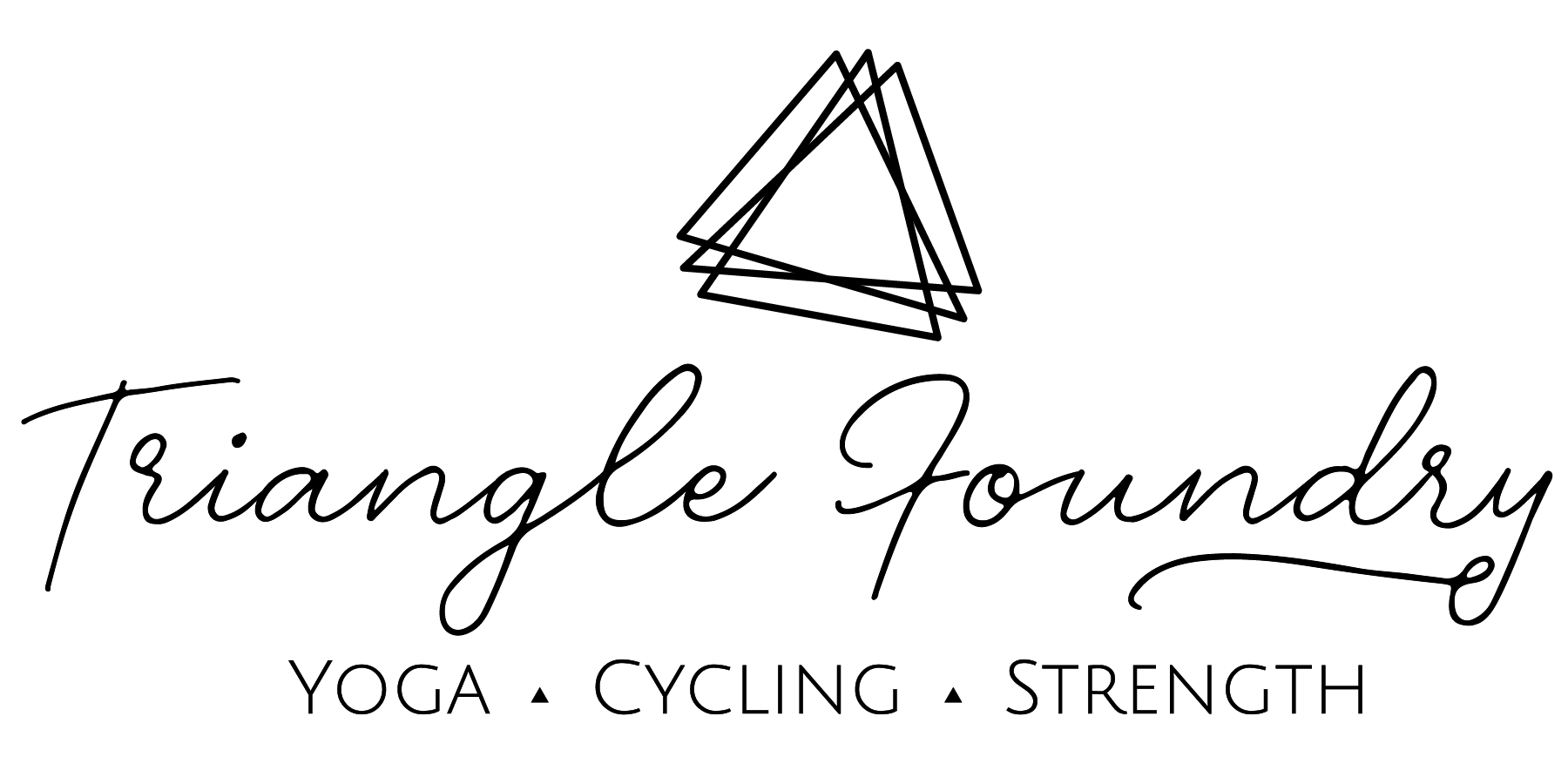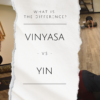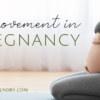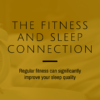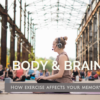Sign up for our Focused Yoga membership today!
Vinyasa vs. Yin Yoga
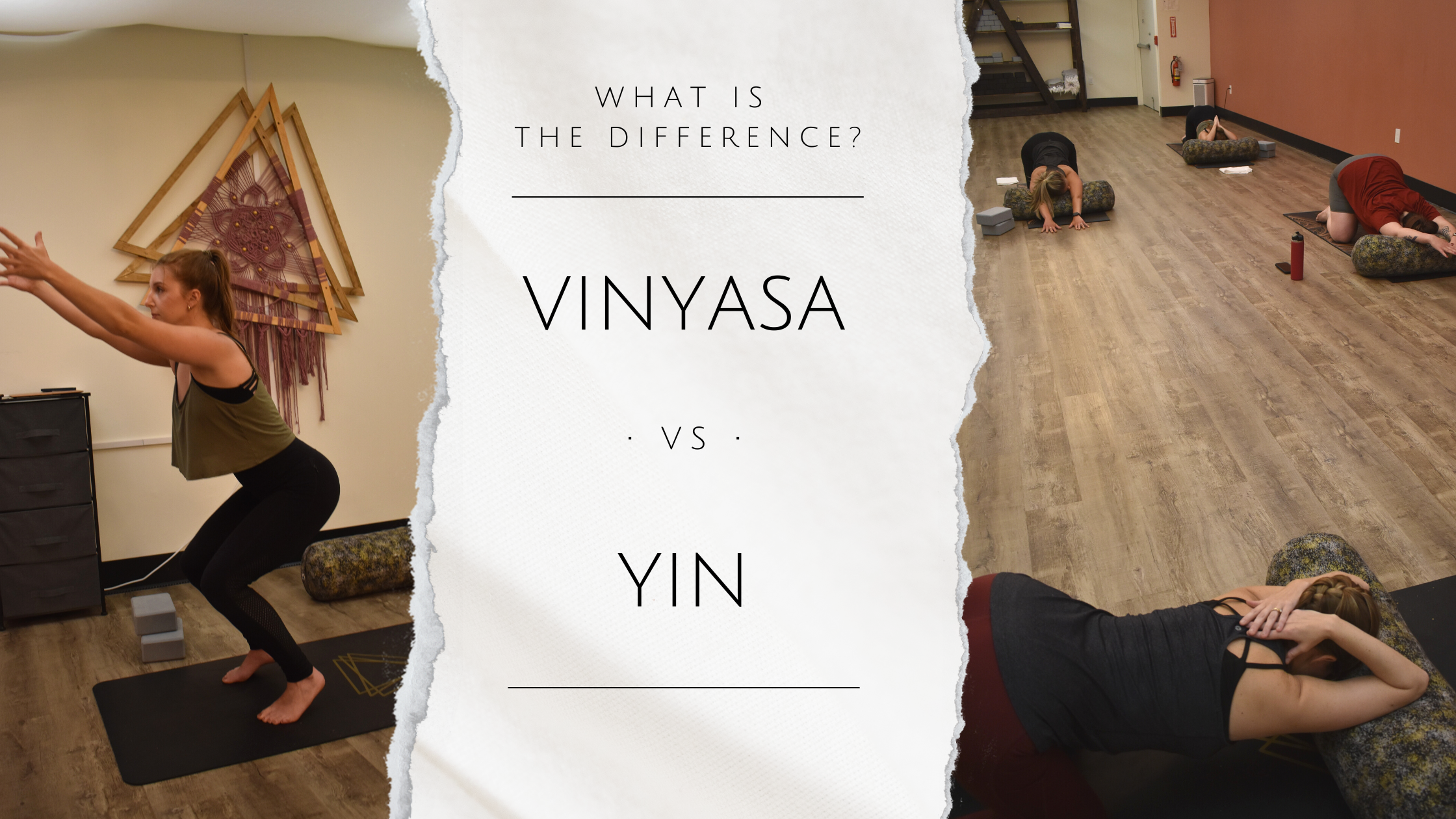
Vinyasa vs. Yin
The beauty of your yoga practice is the availability of many modalities that bring your body an amazing and unique gift. The ways in which you can embrace those differences and reach the full potential yoga has to offer is by recognizing what serves your body in a cyclical and balanced manner.
Active v. Passive Poses:
Vinyasa Flow is a more fast-paced practice that mainly uses
- The principle of one breath to one movement.
- A build up a healthy sweat in fundamental standing postures, then expand to other more challenging and seemingly infinite balance postures, heart openers, hip openers, and forward folds.
- Active muscular engagement is typically encouraged throughout the practice to increase joint stability, build more heat, and build strength and cardiovascular endurance.
Yin Yoga has a totally different mission.
- The practice is made up of 7 archetypal poses that each have many variations to accommodate each body type.
- It is mainly focused on keeping these poses entirely passive, as the muscular slack-ness influences the ability for connective tissue to be in a state of tension or compression.
- Connective tissue never stretches, but rather is infused by the water molecule of the body in these longer, passive holds of about 3-5 minutes.
Active poses create muscular engagement in Vinyasa Flow, and passive poses with no muscularly held resistance creates fundamental and positive changes in the networks of fascia throughout our body.
Muscularly Warm vs. Muscularly Neutral
Your vinyasa flow practice employs the ideals of aligning one breath with one movement to create tapas (heat) in the body, which warms the muscles and enables us to layer in more challenging and playful poses.
Your Yin Yoga practice is quite the opposite. It is beneficial to avoid warming the muscles prior to engaging in a Yin Yoga practice because we are looking to access the fascia or connective tissue, which works more efficiently in a neutral room.
Yin Yoga is a cooling practice, not just for the physical tissues, but for the nervous system as well. A warm room can help some folks relax, but can often elevate the heart rate, increase breath rate, and induce the opposing effect that the practice is aiming towards (de-escalation of the nervous system so the body reaches “rest and digest,” instead of fight or flight).
Cultural Origins
Vinyasa Flow Yoga rises up out of Hindu philosophy created by Patanjali’s Eight Limbs of Yoga.
It is the branch of yoga that says that the practice of yoga postures is one of the best ways to prepare the mind for meditation.
Vinyasa Flow enables you to get out of the mind and into the body, present moment, and your immediate experience.
This is where the intersection of Yin Yoga and vinyasa flow occurs, as it is also a form of yoga that can prepare your mind and nervous systems for meditation.
However, Yin does not originate in the Hindu or Patanjali lineage of yoga and is most often confused in this sense.
Yin Yoga is a practice that emerges from the practices of Traditional Chinese Medicine and the stimulation of meridian pathways. These meridian pathways channel life force or Qi, by way of fresh oxygenated blood, and align with your major lines of fascia (ex. IT band, hamstrings).
Yin Yoga is a vast and all-encompassing practice that relates the internal working of your organ systems and bodies to the macrocosm of the natural realm surrounding us.
It is a small branch of a larger practice involving working together with the seasons, properly nourishing your body in a cyclical manner using what the earth provides as medicine, and learning about the emotional/ physical correlations of the meridian pathways.
In conclusion, there are many gifts that both of these practices can provide you in a variety of ways.
Vinyasa flow uses warm muscular engagement to keep you active, building strength, cardiovascular endurance and mental resilience.
Yin Yoga brings a more restful and cooling pace designed to nourish the nervous system, fascia and connective tissue, and meridian pathways.
